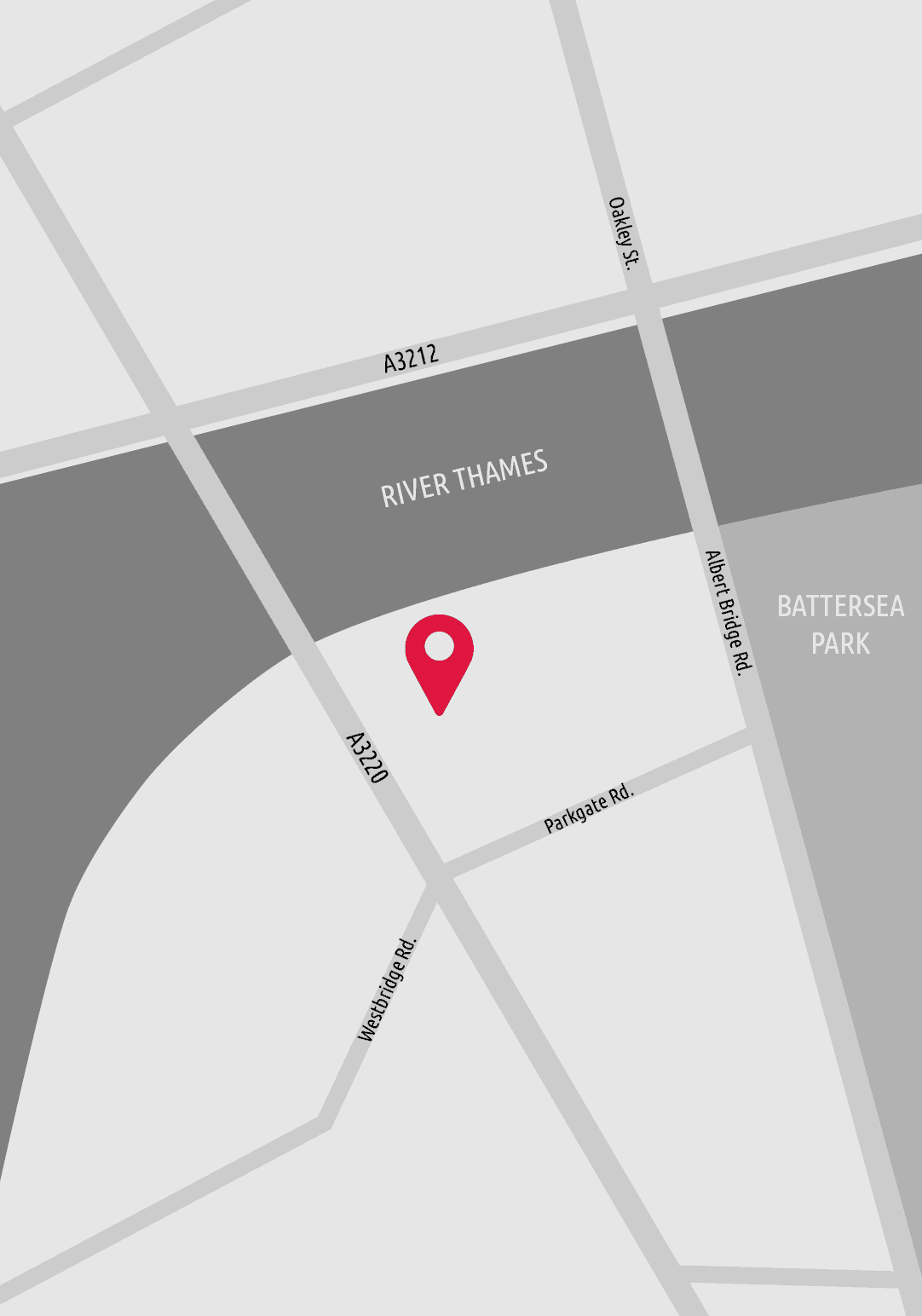Utilities, as we’ve mentioned previously in our posts about digital transformation, face the unique challenge of having a highly dispersed and often aging infrastructure that comprises a diversity of moving and stationary parts. But there are clear opportunities to get better visibility and control using IoT, especially for these moving parts, including heavy field equipment and vehicles.
This is an issue that we’re excited to be addressing at Northumbrian Water's Innovation Festival on 14-17 September, sponsoring a design sprint that tackles this question: how could IoT give field technicians better, faster information about the availability, usage and location of mobile assets like diggers, lorries and other equipment?
Furthermore, field technicians work in a highly dynamic environment that can include hazards. Can IoT be used to deliver timely warnings about known unsafe operating conditions, especially when technicians are conducting repairs on urgent outages that must be fixed quickly?
Driving out paper and driving up efficiency
The scale of the challenge with a utility like Northumbrian Water is significant. It serves 1.3 million properties in Northeast England and provides over 1 billion litres of water a day, across a vast infrastructure that includes almost 400 pumping stations.
Already the technology deployed to manage its operation is immense, including SCADA systems that deliver reliable information about the operational side of the water network.
But while these accurately alert on incidents and outages, we believe SCADA data could usefully be enriched and enhanced if the physical infrastructure -– right down to a physical asset –- were more visible, using IoT sensors that could detect vibration, movement, pressure, temperature or other changes of condition. The same sensors could potentially be deployed on all mobile assets and equipment, which is the subject of this year’s Innovation Festival sprint. By connecting these physical assets with IoT, the utility could then develop new digital work methods that eliminate paperwork, logbooks and other manual processes around use and location of equipment.
Cranes, diggers, lorries, trucks, and other tooling needed to maintain the water pipeline includes heavy equipment whose location could be pinpointed using IoT, and the performance and utilisation of assets could also be monitored.
That means better, richer data that not only helps optimise efficiency, but also helps the organisation understand and justify its investment in field equipment. The potential for improved worker safety is also clear, as connected equipment and connected workers would make it possible to send and receive safety alerts -- including distress calls and real-time alerts on hazards.
Design thinking and focussed innovation
We’re delighted that despite the challenges of 2020 this year's Innovation Festival is going forward as a fully virtual event, allowing us to bring together solution partners in a condensed, four-day version of the typical festival timeline.
CKH IOD will be assembling a team of partners to collaborate on what will now be a four-day sprint, with a presentation to management on Day 4. As in previous years, we’ll be taking a design thinking approach, examining the entire challenge of mobile asset tracking, and looking at what kinds of information would be most beneficial to business and to technical stakeholders.
This is focused innovation, assembling our skilled partners around how to create a solution that advances both the business and the technology objectives of the customer. Rather than a process lasting months, a working model is ready within days for presentation to management, who can then take on board what's been achieved and assess whether to move forward with a fuller project.
Facilitating rapid time-to-value for utilities and IoT
Last year CKH IOD, actually took First Prize for a hack-a-thon showing how a data integration solution can minimise water supply interruptions. This year, although the festival will be virtual, we look forward to again doing what we do best: facilitating collaboration with the right partners, and helping explore new ways to get better, faster, richer information that drives down cost and improves efficiency.
Business problems, particularly for utilities, are always holistic rather than isolated. The Innovation Festival provides an excellent opportunity to look at problems in the round, mindful of the wider context and investment of the organisation.
For more information and to see the full line-up of the 2020 Northumbrian Water Innovation Festival, visit https://www.innovationfestival.org/the-festival/line-up-for-2020/sprints/ckh-iod/





